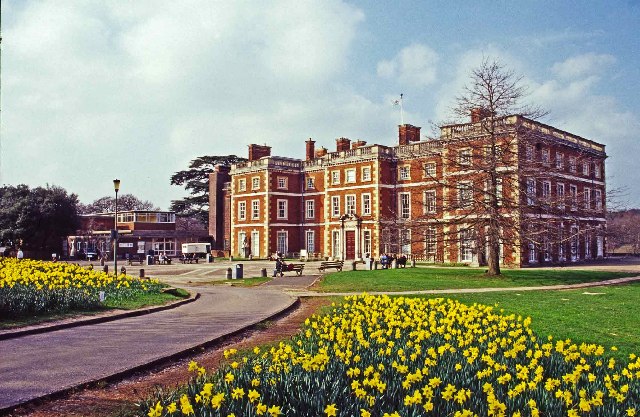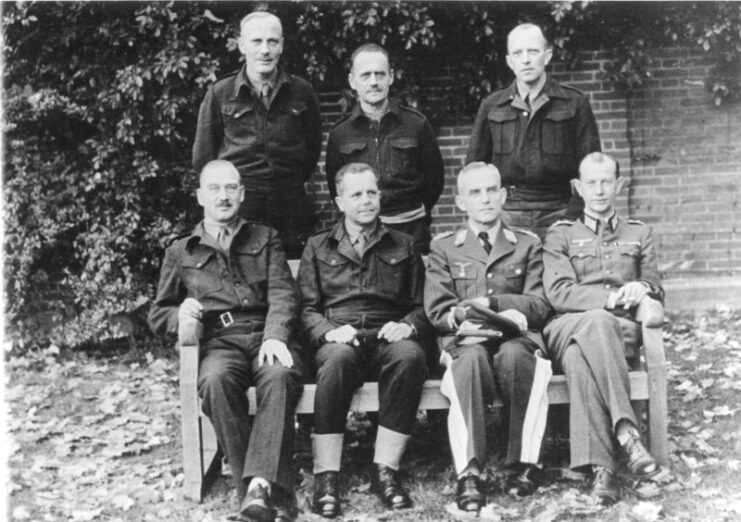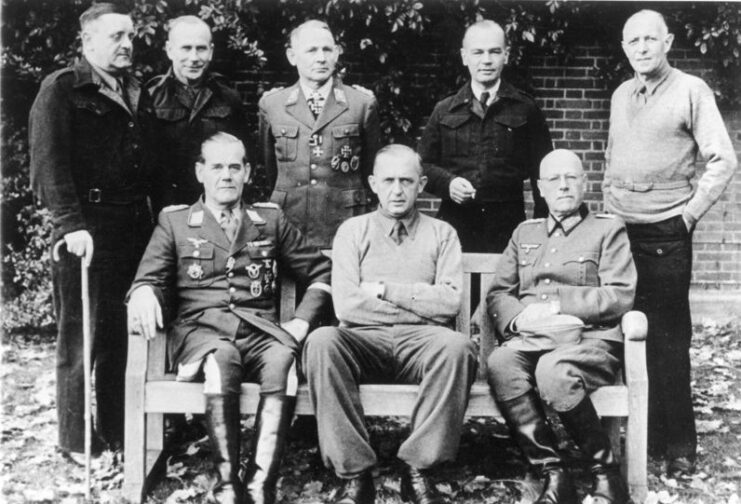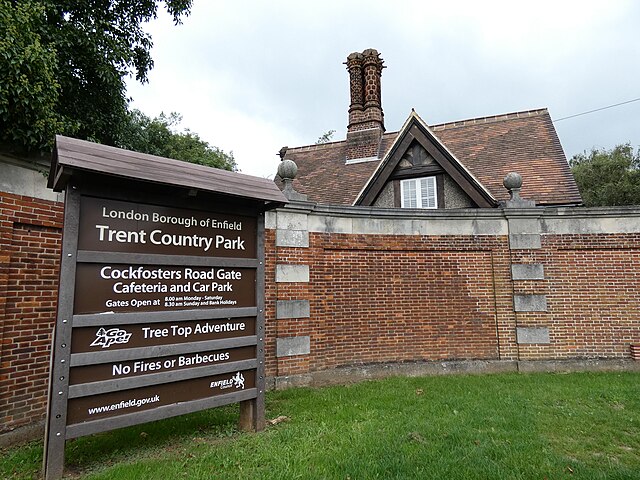Trent Park: The Lavish British Estate That Held (and Spied on) High-Ranking German POWs
Nestled in north London, Trent Park is an impressive mansion with a history dating back to the late 18th century. Once owned by Sir Philip Sassoon, a prominent member of the Sassoon/Rothschild family and a World War I officer, it was popular among those in Britain’s high society. What many might not be aware of, however, is that it played an important role in the Second World War, spying of captured German generals throughout the conflict.
Turning Trent Park into a covert intelligence center

Upon Britain’s entry into World War II, Trent Park was requisitioned by the British War Office, to be transformed into a covert intelligence operation center. This was a strategic decision; officials viewed its secluded location and grand surroundings as the perfect place to host high-ranking German prisoners of war (POWs).
The mansion’s grandeur and location made it an ideal choice for the British intelligence community. The project was spearheaded by Lt. Col. Thomas Kendrick, of MI6, who placed bugging devices throughout the property, which were hidden within the estate’s architecture to ensure the captured enemy officers were unaware of the surveillance.
Housing high-ranking German prisoners of war (POW)

British intelligence strategy at Trent Park was to treat the German prisoners of war with unexpected hospitality, allowing them to live in comfort and luxury. This, along with undercover operatives disguised as captives, ware designed to make them feel at ease and more likely to divulge important military information during their conversations.
The POW camp housed 59 German generals, including Dietrich von Choltitz and Wilhelm von Thoma, making it an intelligence target. Unaware of the hidden microphones, they discussed various topics, including German military strategies and internal conflicts within the enemy regime. It’s estimated that around 8,000 conversations were recorded at Trent Park during the war.
The people tasked with listening in to their conversations were dubbed “secret listeners,” and their role in the British war effort was integral.
‘Secret listeners’ of Trent Park

The secret listeners at Trent Park were primarily composed of German-speaking Jewish refugees who’d fled persecution. They were recruited for their linguistic skills and ability to understand the nuances of the German language. Working in shifts and operating in groups of six from hidden rooms within the mansion, they recorded and transcribed any conversation among the German prisoners.
The intelligence gathered by the secret listeners proved instrumental to several Allied operations, including the bombing of the Peenemünde Army Research Center, which was a key site for German rocket development. Their work also provided warnings about the V-1 and V-2 rockets, allowing the Allies to prepare defensive measures, and provided some of the first accounts from military personnel about the atrocities being committed against Europe’s Jewish population.
Keeping the work conducted at Trent Park a secret

Trent Park’s wartime role remained a secret for many years, with those involved made to sign the Official Secrets Act. That being said, the estate’s role as a key intelligence hub has gradually come to light. The mansion’s historical significance is now viewed as on par with other notable British intelligence sites, such as Bletchley Park.
More from us: How Did Benito Mussolini Die? The Demise of Italy’s Fascist Dictator
Want to become a trivia master? Sign up for our War History Fact of the Day newsletter!
There have been significant efforts to preserve and commemorate Trent Park’s unique contribution to the war effort, which have resulted in plans for a museum dedicated to the secret listeners and their work. This initiative aims to educate future generations about the critical role of intelligence in war.
The post Trent Park: The Lavish British Estate That Held (and Spied on) High-Ranking German POWs appeared first on warhistoryonline.
Trent Park: The Lavish British Estate That Held (and Spied on) High-Ranking German POWs
Philippines Truth
Post a Comment
0 Comments